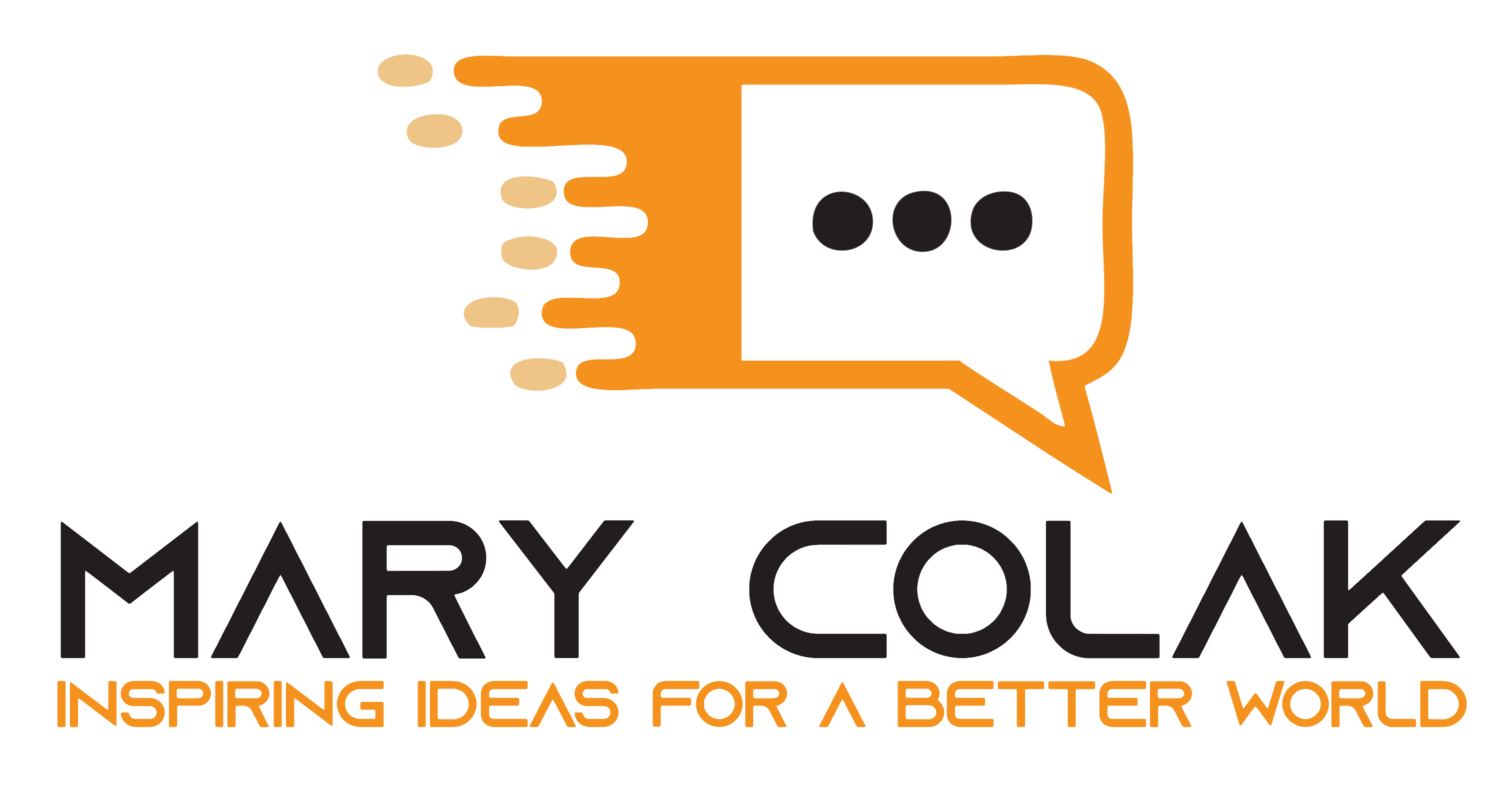Communication technology success factors, skills
Communication Technology Success Factors
While most of us believe that communication technology is the be-all and end-all for organizational efficiencies, this is not true. Organizations that zealously implement information and communication technology solutions may be doing more harm than good.
According to Robert Glass, information technology failure rates, on average, are about 50 to 70 percent.
The reasons for this are as varied as the organization, but there are three key factors playing a role here.
First, information systems are justified by promises of efficiencies. However, the reality is that new systems typically increase the workload substantially, at least in the short term. It is not unusual for organizations to hire extra staff just to keep up with the extra workload created by the system. There is no question that planning, training, trials and system modifications take an enormous amount of time.
Given the long time it takes to implement systems, it is not unusual for managers to terminate newly implemented systems simply because they cannot afford the delay between new system implementation to project payoff.
Second, systems are sometimes designed to do more than is required. Early excitement leads managers to believe that if they are building the system to automate one manual process, then it won't hurt if several manual processes were also automated. However, this is a mistake. The added complexity means that it will take longer to implement, and learning and using the system will also be much more difficult. More will (and does) go wrong.
The solution is to design the system for only one purpose and build it out once its initial use has been proven.
Third, people are typically left out of the equation. While consideration is generally given to training and learning curves, organizations typically overlook the need to persuade, consult, coach or support users and other stakeholders both during and after system implementation.
One researcher concluded that each information communication technology implementation should spend eight dollars on the "soft systems" (i.e., human dynamics) for every dollar spent on technology.
For successful technology implementation, organizations need to remember that machines are designed for people, not the other way around. Management that puts in more energy into working with the key stakeholders, particularly its users and key decision makers, will ensure that whatever system is implemented is successful.
Skills Impact of New Communication Technologies
When modern technology is implemented, people will always be impacted.
Researchers believe that skills are affected through substitution, complementarity, debilitation and demand.
Many technologies often substitute a task for an existing worker skill. That is, the system substitutes for knowledgeable experts by enabling unskilled or low skilled workers to do the work that was once done by highly skilled operators.
One example of this is a call center or help desk staff that use scripts embedded in the software to solve customer problems. Economist Jeremy Rifkin argued in The End of Work that modern technologies would eventually displace large numbers of people who would no longer be employable.
It is not all doom and gloom though. Innovative technologies can also complement existing worker skills, such that expert systems become systems for experts. In this instance, skilled workers can draw on and add to information embedded in the system. For example, medical imaging technology helps physicians diagnose problems, thereby enhancing the physicians' expertise.
However, technology can also debilitate a worker's capability by restricting worker choices. For example, embedded scripts for call centers, help desk staff, and others dictate that workers not veer from the script, no matter the issue. This can stifle employee growth and lead to low employee morale.
Information and communication technology can also increase demand for skills such as computer programming as well as the need for expert thinking and complex communication. For example, the system itself may create unfamiliar problems that were not anticipated by a programmer, thereby requiring solutions that were not required previously.
Overall, communication technology has enabled productivity increases across all industries. However, it has also decreased productivity in some sectors such as healthcare where the technology's attempt to substitute for skilled professionals is not working - one needs only to look at the current problems with iHealth in British Columbia.
Technology works well when substitutions for people involve rule-based information processing (e.g., if you encounter x, then do y), but not when tasks involve expert thinking (such as a physician's diagnosis) or complex communication (such as counseling or some kinds of sales).
Technology can contribute to interesting work, but it can also damage employee morale and threaten both worker and customer safety, depending on its application. The key to implementing any communication technology is to ensure it really is the best fit for the organization. As well, ensure that all stakeholders are included in decision making.
Sometimes those in the boardroom really have no clue about what is going on in the office cubicles.


